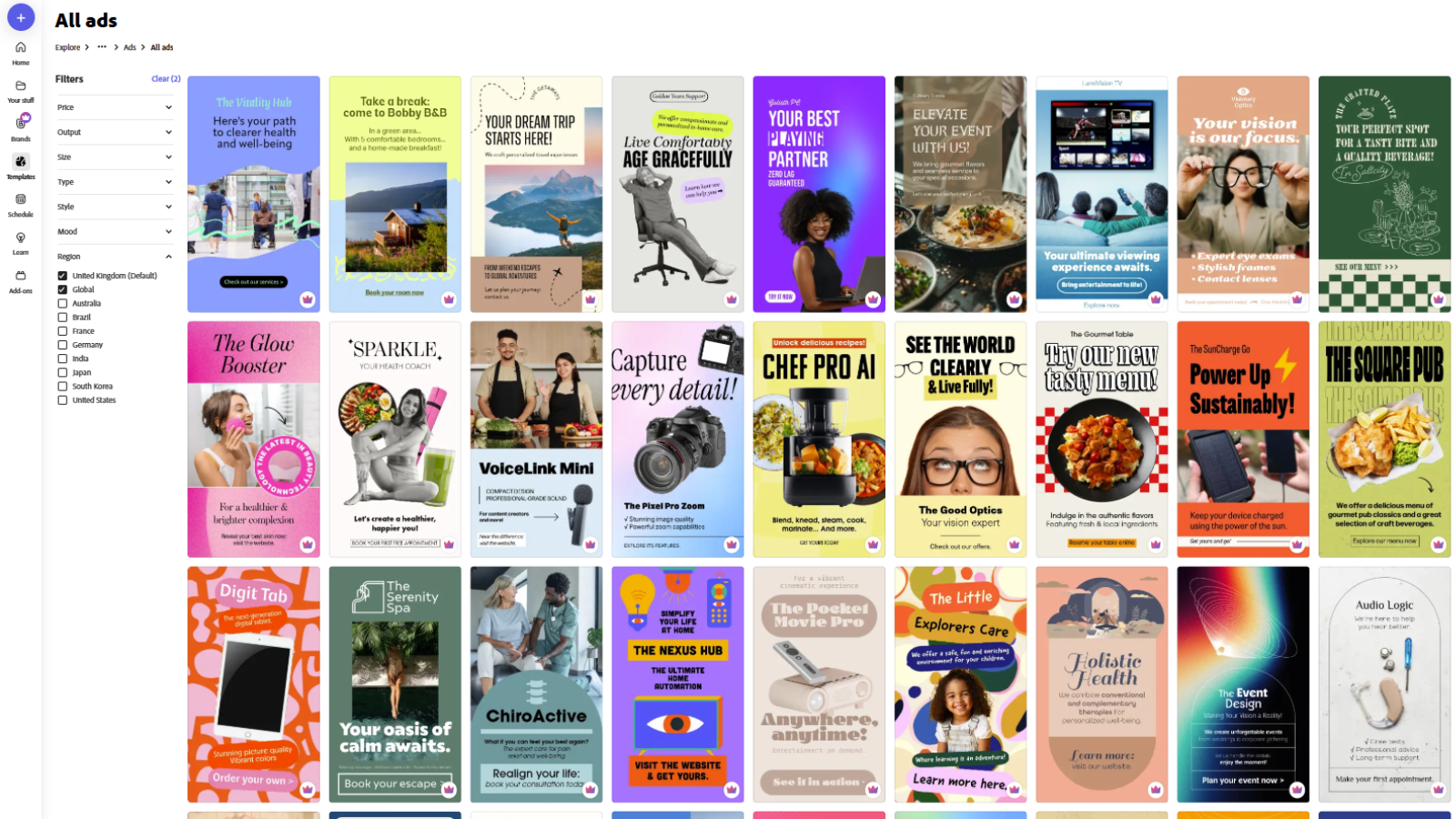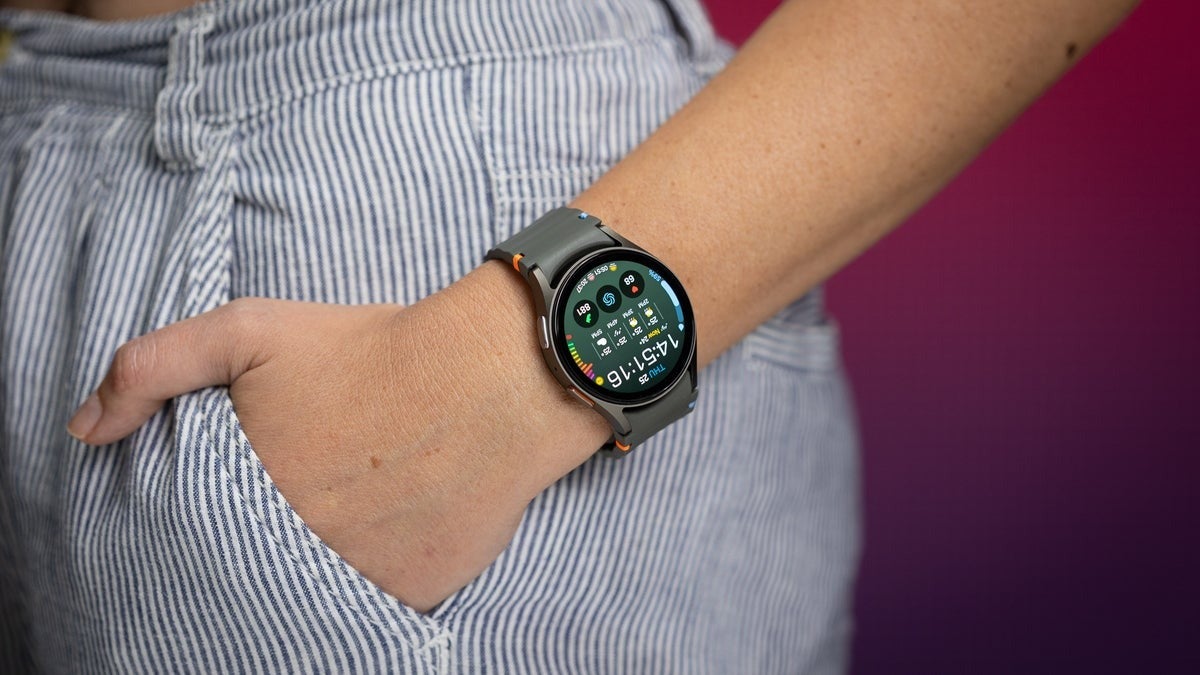Dictionary in Python
In a NoSQL database, data structure varies based on requirements. In a List, data is stored in a specific order, and the position of each element matters. For example, to access the first element in a List, you retrieve the value at index 0, which is predictable due to the ordered nature of Lists. However, when the order of data is not important, a Dictionary (or key-value store) is more suitable. Consider a scenario where you need to store user information like age, address, first name, and last name. In this case, the sequence of these fields doesn’t matter. With a Dictionary, you can directly access a specific value using its key, such as retrieving the first name by querying the "first_name" key, without needing to know the last name or other fields. Key differences: In a List, values are stored with predefined, sequential indices (0, 1, 2, ...), and you access data by its position. In a Dictionary, you define custom keys mapped to values, allowing direct access to data via the key, regardless of order. Thus, for scenarios where you need flexible, key-based access to data without relying on order, a Dictionary is the preferred choice. Coffee Menu in Python — Dictionary Operations Creating a Coffee Menu (Dictionary) coffee_menu = { "Espresso": "Bold shot!", "Latte": "Creamy delight", "Cappuccino": "Frothy classic", "Mocha": "Choco-coffee", "ColdBrew": "Smooth chill", "Americano": "Espresso + water", "Macchiato": "Espresso kiss" } print(coffee_menu) Accessing a Value (Using Key) print(coffee_menu['Espresso']) Output: Bold shot! Changing a Value coffee_menu['Espresso'] = 'Tiny Thunder' print(coffee_menu) Output: { 'Espresso': 'Tiny Thunder', 'Latte': 'Creamy delight', 'Cappuccino': 'Frothy classic', 'Mocha': 'Choco-coffee', 'ColdBrew': 'Smooth chill', 'Americano': 'Espresso + water', 'Macchiato': 'Espresso kiss' } Iterating Over the Dictionary Only Keys for coffee in coffee_menu: print(coffee) Output: Espresso Latte Cappuccino Mocha ColdBrew Americano Macchiato Keys and Values (Method 1) for coffee in coffee_menu: print(coffee, ":", coffee_menu[coffee]) Keys and Values (Method 2) for key, value in coffee_menu.items(): print(key, ":", value) Adding an Item coffee_menu["Flat White"] = "Velvety Smooth" print(coffee_menu) Removing Items Using pop(key) coffee_menu.pop('Espresso') print(coffee_menu) Output: { 'Latte': 'Creamy delight', 'Cappuccino': 'Frothy classic', 'Mocha': 'Choco-coffee', 'ColdBrew': 'Smooth chill', 'Americano': 'Espresso + water', 'Macchiato': 'Espresso kiss' } Using popitem() Removes the last inserted item. coffee_menu.popitem() print(coffee_menu) Example Output: { 'Espresso': 'Bold shot!', 'Latte': 'Creamy delight', 'Cappuccino': 'Frothy classic', 'Mocha': 'Choco-coffee', 'ColdBrew': 'Smooth chill', 'Americano': 'Espresso + water' } ⚠️ Note: If the dictionary is empty, popitem() will raise a KeyError. Using del Statement del coffee_menu["Latte"] print(coffee_menu)

In a NoSQL database, data structure varies based on requirements. In a List, data is stored in a specific order, and the position of each element matters. For example, to access the first element in a List, you retrieve the value at index 0, which is predictable due to the ordered nature of Lists.
However, when the order of data is not important, a Dictionary (or key-value store) is more suitable. Consider a scenario where you need to store user information like age, address, first name, and last name. In this case, the sequence of these fields doesn’t matter. With a Dictionary, you can directly access a specific value using its key, such as retrieving the first name by querying the "first_name" key, without needing to know the last name or other fields.
Key differences:
- In a List, values are stored with predefined, sequential indices (0, 1, 2, ...), and you access data by its position.
- In a Dictionary, you define custom keys mapped to values, allowing direct access to data via the key, regardless of order.
Thus, for scenarios where you need flexible, key-based access to data without relying on order, a Dictionary is the preferred choice.
Coffee Menu in Python — Dictionary Operations
- Creating a Coffee Menu (Dictionary)
coffee_menu = {
"Espresso": "Bold shot!",
"Latte": "Creamy delight",
"Cappuccino": "Frothy classic",
"Mocha": "Choco-coffee",
"ColdBrew": "Smooth chill",
"Americano": "Espresso + water",
"Macchiato": "Espresso kiss"
}
print(coffee_menu)
- Accessing a Value (Using Key)
print(coffee_menu['Espresso'])
Output:
Bold shot!
- Changing a Value
coffee_menu['Espresso'] = 'Tiny Thunder' print(coffee_menu)
Output:
{
'Espresso': 'Tiny Thunder',
'Latte': 'Creamy delight',
'Cappuccino': 'Frothy classic',
'Mocha': 'Choco-coffee',
'ColdBrew': 'Smooth chill',
'Americano': 'Espresso + water',
'Macchiato': 'Espresso kiss'
}
- Iterating Over the Dictionary
- Only Keys
for coffee in coffee_menu:
print(coffee)
Output:
Espresso Latte Cappuccino Mocha ColdBrew Americano Macchiato
-
Keys and Values (Method 1)
for coffee in coffee_menu: print(coffee, ":", coffee_menu[coffee])
-
Keys and Values (Method 2)
for key, value in coffee_menu.items(): print(key, ":", value)
-
Adding an Item
coffee_menu["Flat White"] = "Velvety Smooth" print(coffee_menu)
Removing Items
- Using pop(key)
coffee_menu.pop('Espresso') print(coffee_menu)
Output:
{
'Latte': 'Creamy delight',
'Cappuccino': 'Frothy classic',
'Mocha': 'Choco-coffee',
'ColdBrew': 'Smooth chill',
'Americano': 'Espresso + water',
'Macchiato': 'Espresso kiss'
}
- Using popitem()
Removes the last inserted item.
coffee_menu.popitem() print(coffee_menu)
Example Output:
{
'Espresso': 'Bold shot!',
'Latte': 'Creamy delight',
'Cappuccino': 'Frothy classic',
'Mocha': 'Choco-coffee',
'ColdBrew': 'Smooth chill',
'Americano': 'Espresso + water'
}
⚠️ Note: If the dictionary is empty, popitem() will raise a KeyError.
- Using del Statement
del coffee_menu["Latte"] print(coffee_menu)

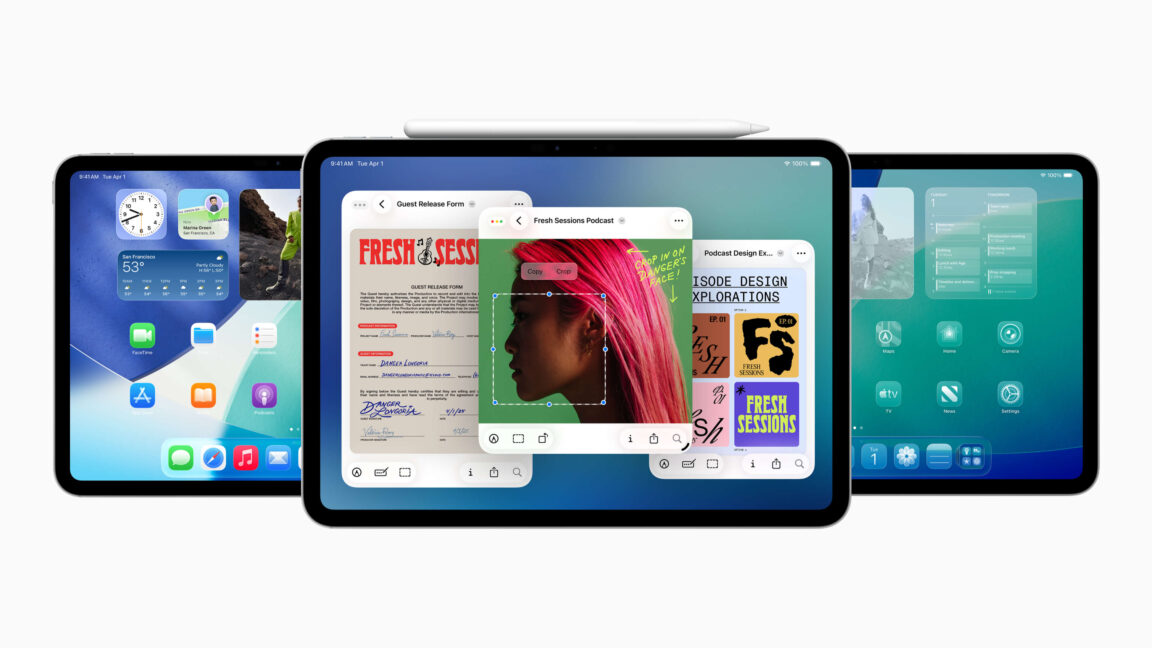















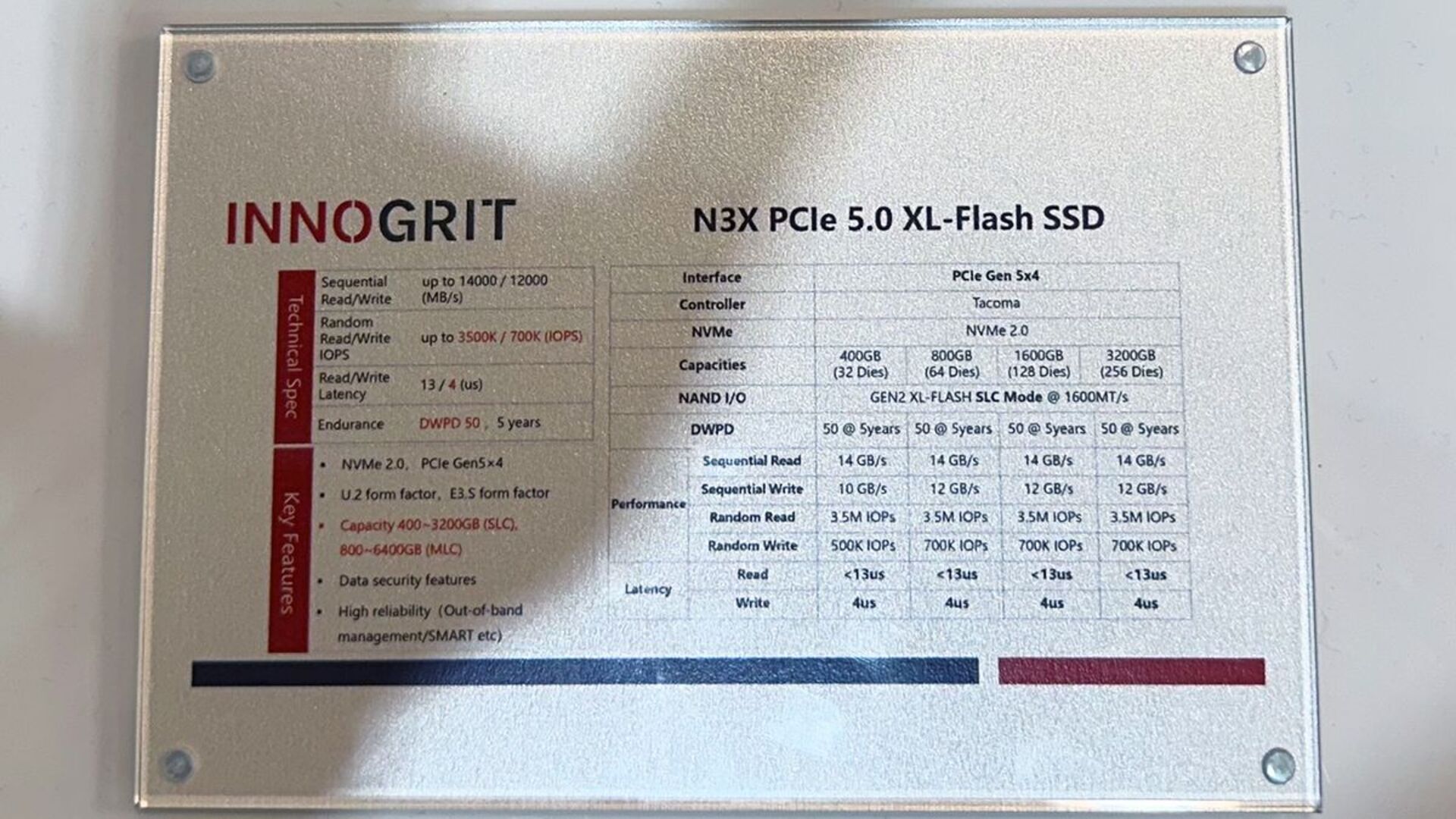


















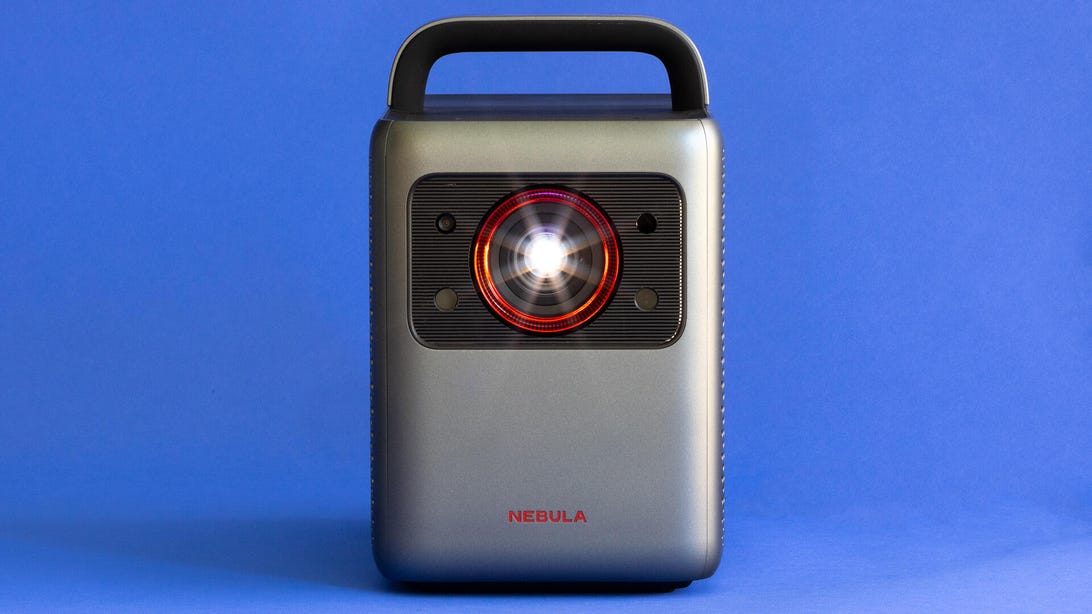


































































































![Top Features of Vision-Based Workplace Safety Tools [2025]](https://static.wixstatic.com/media/379e66_7e75a4bcefe14e4fbc100abdff83bed3~mv2.jpg/v1/fit/w_1000,h_884,al_c,q_80/file.png?#)


































![[The AI Show Episode 152]: ChatGPT Connectors, AI-Human Relationships, New AI Job Data, OpenAI Court-Ordered to Keep ChatGPT Logs & WPP’s Large Marketing Model](https://www.marketingaiinstitute.com/hubfs/ep%20152%20cover.png)




























































































































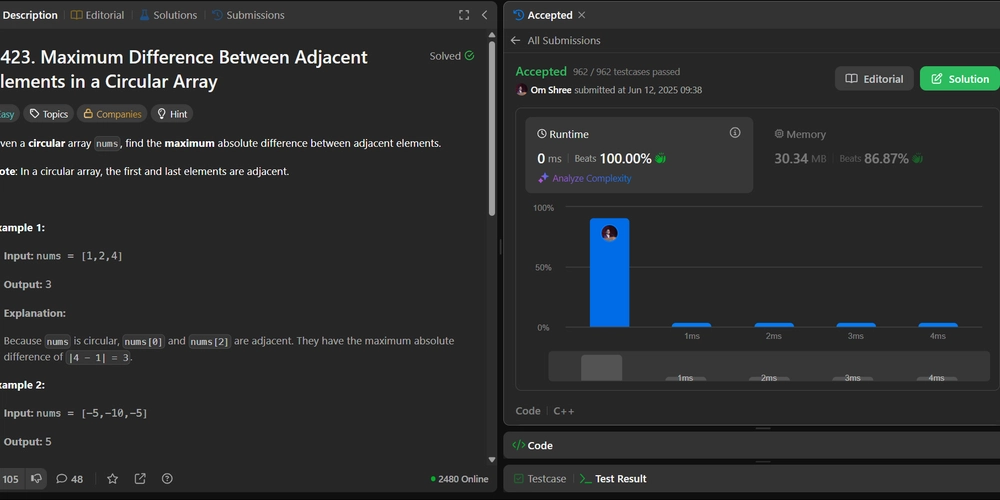











































.jpg?#)











































![MindsEye From Ex-GTA Producer Is A Day-One Car Wreck [Update]](https://i.kinja-img.com/image/upload/c_fill,h_675,pg_1,q_80,w_1200/aa09b256615c422f7d1e1535d023e578.png)






















.png?width=1920&height=1920&fit=bounds&quality=70&format=jpg&auto=webp#)










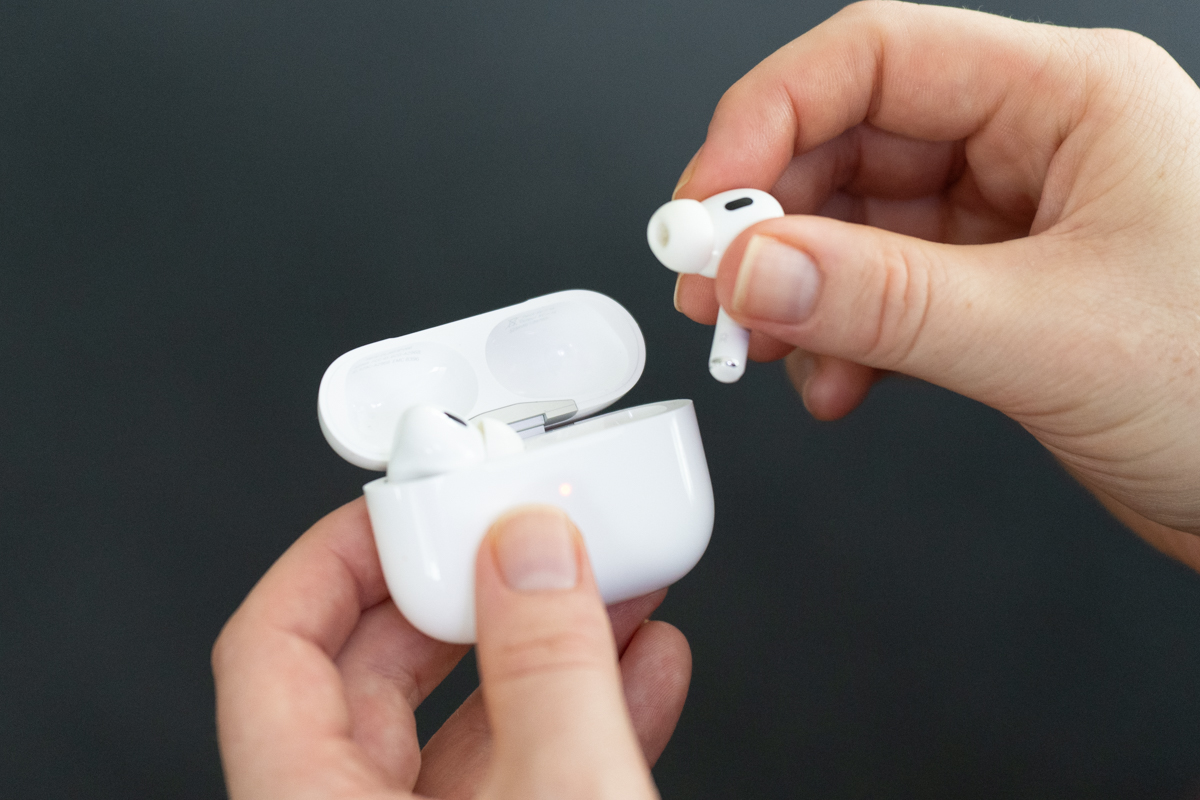












_incamerastock_Alamy.jpg?width=1280&auto=webp&quality=80&disable=upscale#)
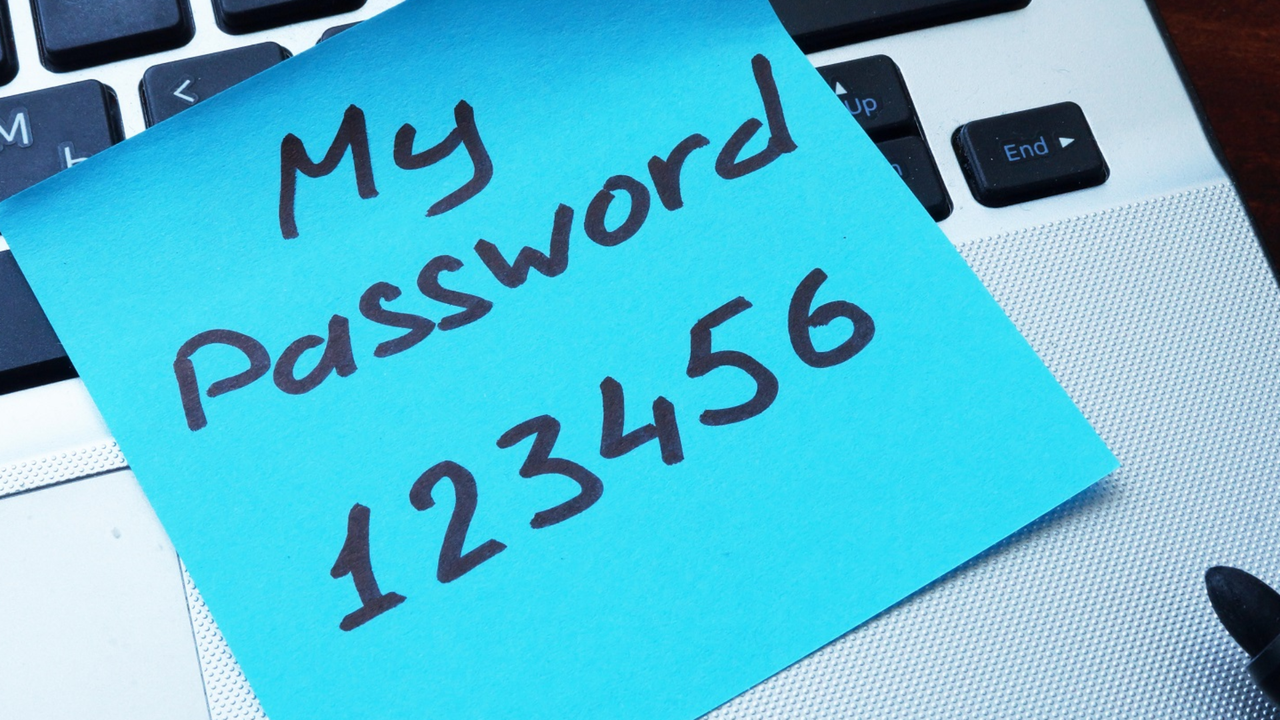

















































































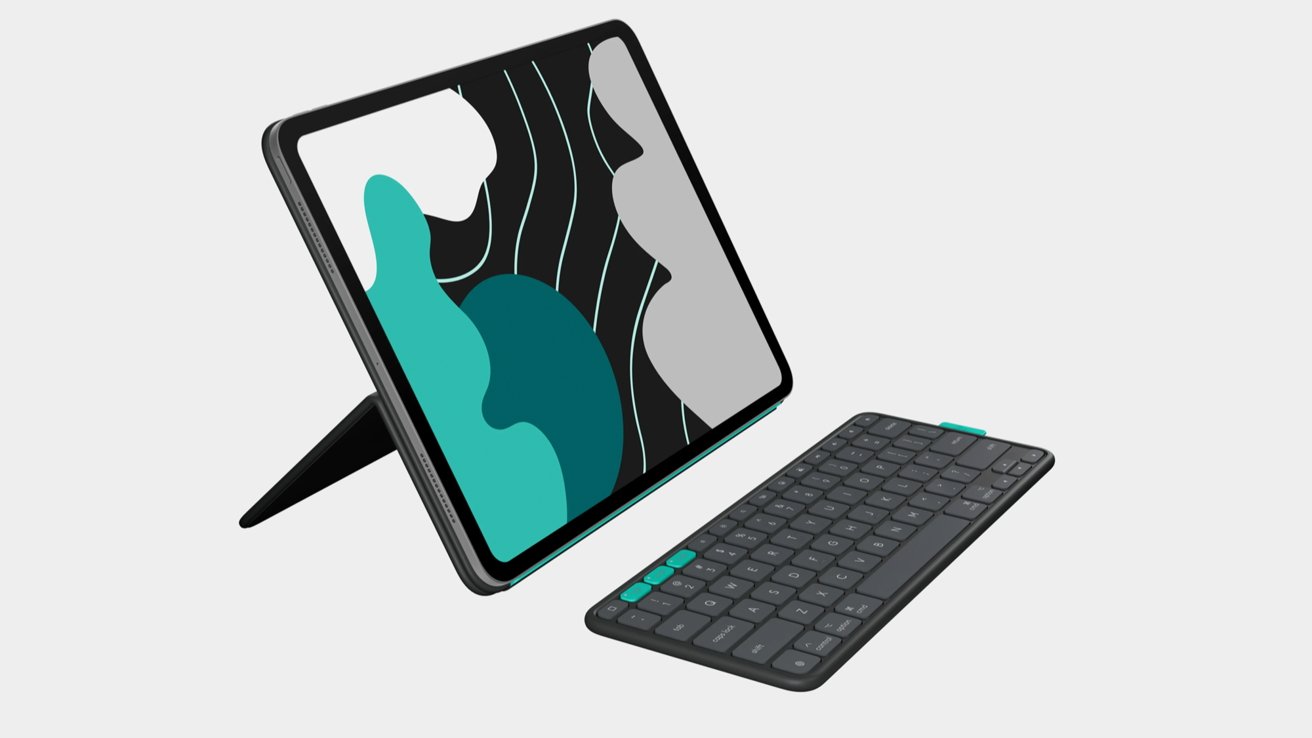

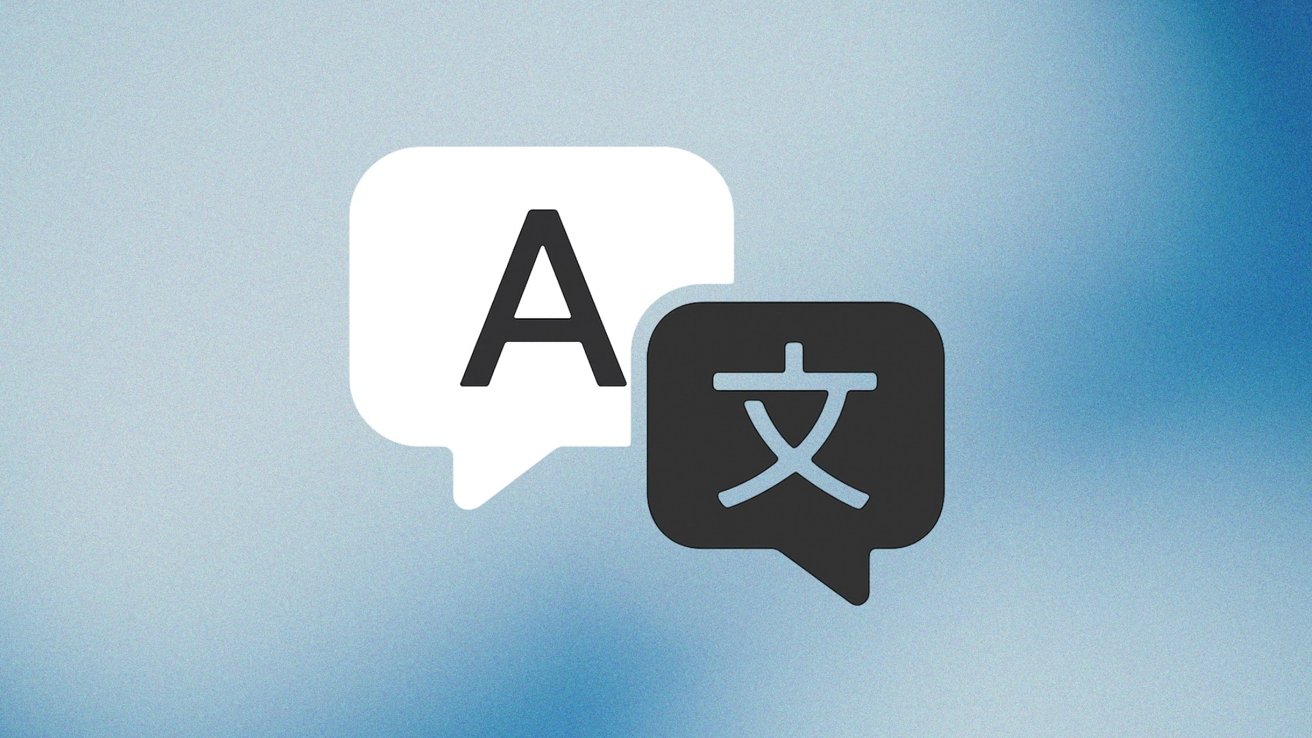
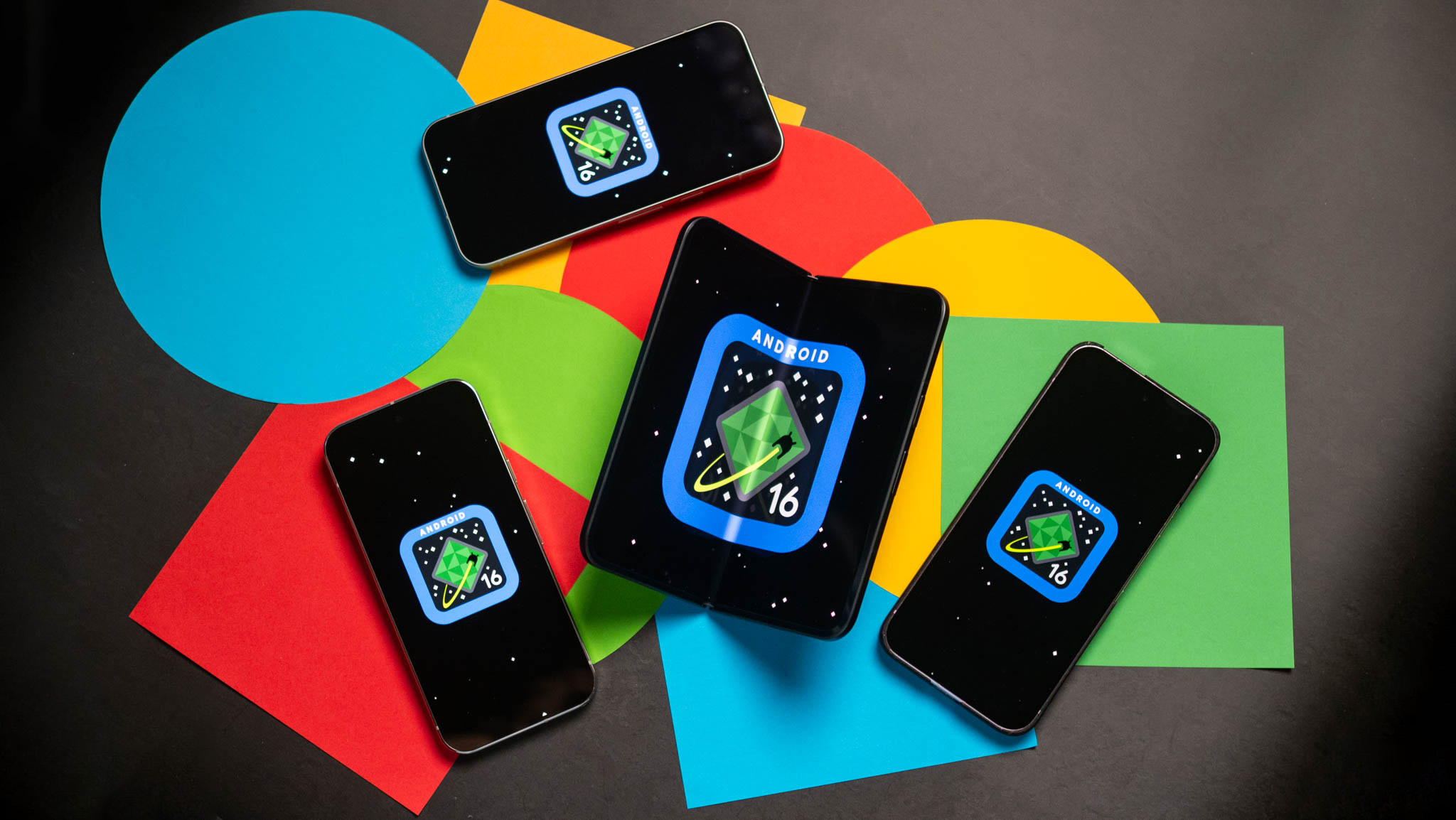




![PSA: iOS 26 Spatial Scenes will work on iPhones 12 and up [U]](https://i0.wp.com/9to5mac.com/wp-content/uploads/sites/6/2025/06/spatial-photos-ios26.jpg?resize=1200%2C628&quality=82&strip=all&ssl=1)
![Apple categorically denies Siri vaporware claims, and offers a better explanation [Video]](https://i0.wp.com/9to5mac.com/wp-content/uploads/sites/6/2025/06/Apple-categorically-denies-Siri-vaporware-claims-and-offers-a-better-explanation.jpg?resize=1200%2C628&quality=82&strip=all&ssl=1)
![This new iPad keyboard was purpose-built for versatility and portability – Logitech Flip Folio [Hands-on]](https://i0.wp.com/9to5mac.com/wp-content/uploads/sites/6/2025/06/Logitech-FI.jpg?resize=1200%2C628&quality=82&strip=all&ssl=1)



![iOS 26 and its ‘Liquid Glass’ redesign is being compared to ancient Android skins [Video]](https://i0.wp.com/9to5google.com/wp-content/uploads/sites/4/2025/06/ios-26-android-phones.jpg?resize=1200%2C628&quality=82&strip=all&ssl=1)













![Apple Shares Teaser Trailer for 'The Lost Bus' Starring Matthew McConaughey [Video]](https://www.iclarified.com/images/news/97582/97582/97582-640.jpg)


![Apple Debuts Trailer for Third Season of 'Foundation' [Video]](https://www.iclarified.com/images/news/97589/97589/97589-640.jpg)


















